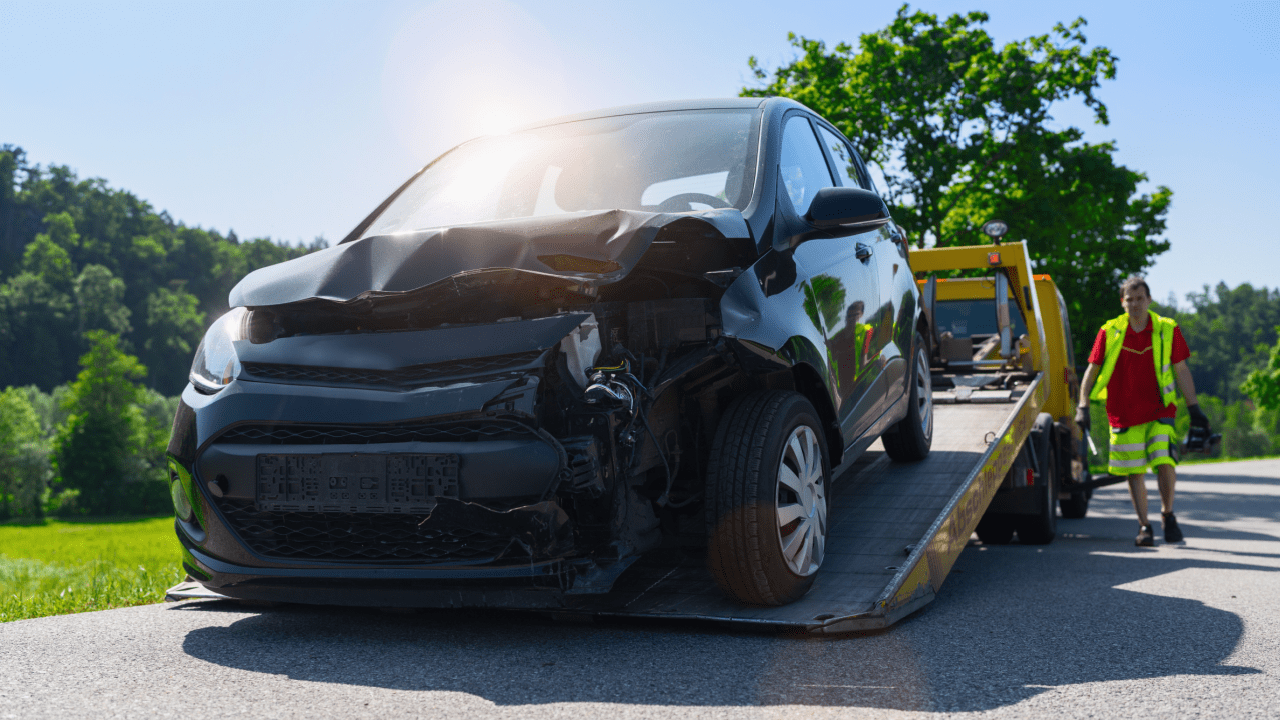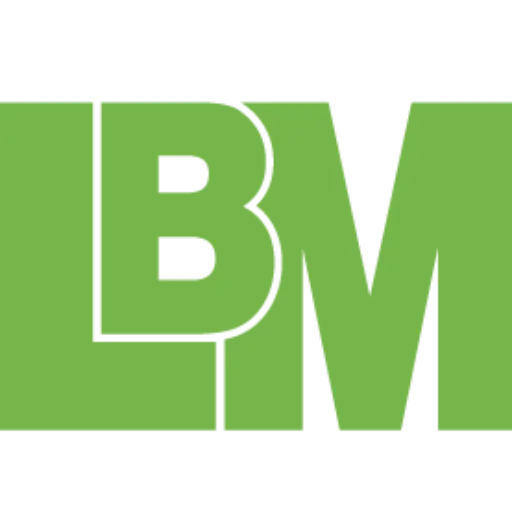- Mon - Fri: 8.30 AM - 5:00 PM
- 26565 Agoura Rd., 200, Calabasas, CA 91302
- 818-884-8075

Where Does Your Car Get Taken After an Accident? Tow, Storage & Repair Explained
Accident Response Guide: First Steps After a Car Crash
After a car accident, you may be left wondering: Where does your car get taken after an accident? Whether your vehicle is towed from the scene or left in place, understanding where it goes—and what happens next—can help you avoid unnecessary fees, delays, or confusion with your insurance claim.
Crash Scene Details: What Happens to Your Car After an Accident
Immediately after a crash, your vehicle’s condition will determine what happens next.
If Your Car Is Drivable:
You may be allowed to drive away after filing a report and exchanging insurance information. If it’s safe and legal to do so, you can choose where to take it for inspection or repair.
If Your Car Is Not Drivable:
If badly damaged or unsafe to move, your car will need to be towed. In this case, where your car gets taken after an accident depends on:
- Who calls the tow truck (you, police, or roadside assistance)
- Local towing procedures or contracts
- Whether you specify a destination, like your preferred body shop
In many cases, if you don’t specify, the vehicle is taken to a tow yard, impound lot, or temporary storage facility—especially if law enforcement arranges the tow.
Vehicle Destination Options: Tow Yard, Repair Shop, or Insurance Facility?
If you’re not sure where your car gets taken after an accident, here are the common destinations:
1. Tow Yard or Impound Lot
This is usually a temporary holding place, especially if the vehicle is:
- Blocking traffic or deemed a hazard
- Being held for police investigation
- Awaiting direction from you or your insurer
Be aware: storage fees begin accruing immediately, so time is of the essence.
2. Auto Body Repair Shop
If you request it, the car may be taken directly to a collision center—ideally one approved by your insurance. This speeds up the inspection and repair process.
3. Insurance Inspection Facility
Some insurers use preferred facilities for estimating damage or declaring a total loss. If your insurer makes this recommendation, confirm where the car is going and how quickly it will be evaluated.
Cost Responsibility Insight: Who Pays for Tow and Storage After an Accident?
This is a common concern—and the answer depends on who was at fault and what coverage you have.
If You Were Not at Fault:
The at-fault driver’s insurance is usually responsible for:
- Towing costs
- Storage fees (up to a reasonable limit)
- Transportation to a repair facility
However, these costs are only reimbursed after liability is confirmed, which may take time.
If You Were at Fault or No One Was Clearly at Fault:
Your own collision coverage or roadside assistance may pay for towing and storage. You may still be responsible for:
- A deductible
- Excess storage days
- Additional towing between locations
To avoid extra charges, contact the storage facility and your insurer right away and make a plan to relocate or release the vehicle.
Next Step Checklist: What to Do After Your Vehicle Is Towed
1. Locate Your Vehicle
Ask the tow truck driver, police officer, or insurer where your car has been taken. Get the name, address, and contact number of the facility.
2. Notify the Insurer
Let your claims adjuster know where the car is located so they can schedule an inspection or begin the repair/settlement process.
3. Remove Personal Items
Before repairs or disposal, clear out any belongings—especially registration, keys, electronics, and insurance cards.
4. Follow Up on Repairs or Total Loss
Your insurer will determine whether the car is repairable or should be totaled. If it’s totaled, they’ll calculate the market value and issue a payment accordingly.
Logistics Recap Summary: Where Your Car Goes After a Crash
So, where does your car get taken after an accident? The answer depends on your vehicle’s condition, who calls the tow, and whether you provide instructions. It could end up in a tow yard, repair shop, or insurance facility—and every hour counts when storage fees are involved.
By acting quickly, staying in contact with your insurer, and confirming your car’s location, you can avoid unnecessary costs and keep your claim moving. Always ask questions, save receipts, and ensure your car ends up where it needs to be.
Get Legal Support if Your Car Accident Claim Is Delayed
Understanding where your car gets taken after an accident is only part of the process. If you’re dealing with insurance pushback or unfair delays, a legal advocate can help.
Legal Brand Marketing connects individuals with experienced car accident attorneys across the U.S. Whether your car is stuck in a tow yard or your claim has stalled, our network of attorneys can help you resolve disputes, secure fair compensation, and get your life back on track.
Frequently Asked Questions (FAQs)
1. What if I don’t know where my car was towed?
Contact the police department or towing company dispatched to the scene. They can provide the tow yard name and location.
2. Can I choose the repair shop my car is taken to?
Yes. Even if your insurer has preferred shops, you have the right to choose your own repair facility in most states.
3. How long can my car stay in the tow yard?
Usually a few days before daily storage fees apply. The sooner you move it or notify your insurer, the better.
4. Does insurance cover storage fees?
Yes—if you have collision coverage or if the at-fault driver’s insurer accepts liability. Limits may apply, so confirm with your adjuster.
5. Can I get a rental car while my car is stored or repaired?
If you have rental reimbursement coverage—or if the other driver is at fault—you may qualify for a rental while your vehicle is unavailable.
Key Takeaways
- Vehicles are typically towed to a yard, repair shop, or insurer-approved facility after an accident
- Prompt communication prevents storage fees and delays
- Towing and storage costs may be covered by insurance depending on fault and policy coverage
- You can request your vehicle be taken to a repair shop of your choice
- Always remove personal items and document where your vehicle is taken
- Legal assistance can help if insurance disputes arise




